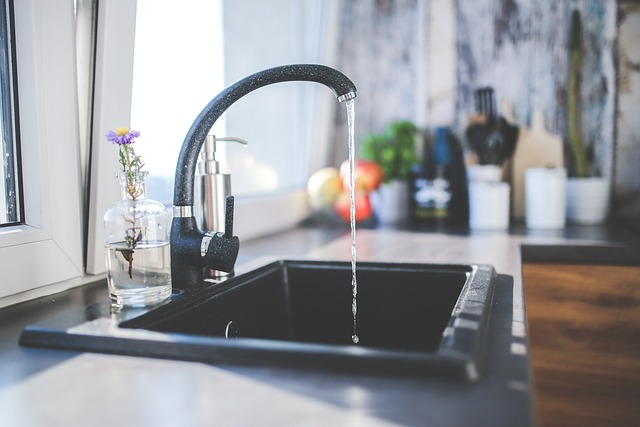Access to clean and safe drinking water is vital for your and your family’s health. While water sources managed by public services are usually safe, there have been too many cases of contaminants sneaking into public supplies and harming entire communities to rest easy.

Contamination issues can arise from a wide range of factors like aging pipes or environmental pollution. So, being aware of the threats lurking in and around your community’s water supply is a solid first step toward making sure your water is safe to drink.
In today’s article, we’ll talk about several steps you can take to stack the chances in your favor. This way, even if something happens, you will be prepared to act and save yourself and your family from a negative situation.
- Test Your Home’s Water Quality Regularly
Knowing what’s in your supply is the first step toward ensuring safety, so make a habit out of testing your water every month.
Home test kits are widely available, affordable, and easy to use (just follow the instructions). These kits typically detect common contaminants like lead, bacteria, nitrates, and pH imbalances.
If you want a more detailed insight into potential issues like chemical pollutants or heavy metals, you’ll need professional lab testing. This can be done once a year or if you notice changes in taste or color.
- Choosing the Right Filtration System for Your Needs
Filtration systems come in many forms, so understanding your home’s specific needs makes it easier to find the right one.
Here are some of the most common systems to consider:
- A pitcher filter – Great for everyday issues like chlorine or sediment, offers a quick and affordable fix.
- Under-sink filters – Provide stronger filtration by targeting more persistent pollutants like lead and VOCs (volatile organic compounds). They’re great if you want long-term reliability without messing with your home’s plumbing.
- Whole-house systems – These tackle all the water entering your home. If you face challenges such as hard water or widespread contamination from sources like wells, these systems provide comprehensive coverage from faucets to showers.
Don’t forget to factor maintenance into the decision-making process. Some filters need frequent replacements, while others operate efficiently over longer periods with minimal upkeep.
- Monitor Local Environmental Reports and News
While it may not be a fun read, local environmental reports help you stay aware of any potential threats to your water supply. These reports often highlight local contamination risks from industrial sites, agriculture, or aging infrastructure.
Take the case of AFFF (Aqueous Film-Forming Foam) contaminants as an example. Historically used in firefighting, AFFF contains chemicals known as PFAS that have seeped into groundwater near military training sites, airports, and industrial sites.
These chemicals are linked to health risks such as cancer and hormonal disruptions, and if there is any risk of contamination, it shows up in local environmental and water quality reports. This information lets you know what type of filtration system to use for protection and what to ask of public services when it comes to increasing water safety in the area.
Communities across the U.S. are increasingly joining in lawsuits against companies and organizations that allowed water contaminated by PFAS to be available for public consumption. If you suspect exposure through your local supply, consult an AFFF lawsuit attorney who can guide you through legal options while advocating for safer standards.
- Practical Alternatives to Bottled Water for Everyday Use
Bottled water is expensive and unsustainable, but this is not the only way you can keep your family safe. There are simpler, more effective ways to ensure safe drinking water at home.
For instance, reusable water bottles paired with a quality home filtration system provide clean water at a fraction of the cost. Stainless steel or glass bottles keep your water fresh while cutting down on plastic waste.
For those who want portable options, filtered water pitchers can be filled ahead of time. They’re lightweight and easy to pour into containers before heading out.
If you’re always on the go, consider investing in personal filtration devices like straw filters or portable bottle systems. These work well for hikers or travelers needing clean drinking water wherever they are.
Wrap Up
Taking steps to ensure safe water at home protects your health and peace of mind. Simple actions today lead to lasting benefits for you and your loved ones tomorrow.
















Add Your Comment